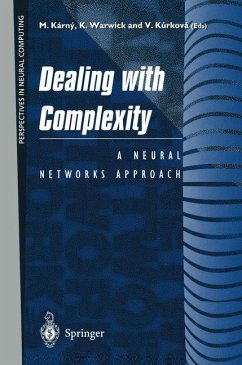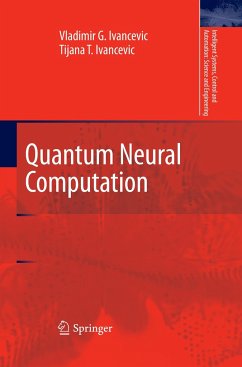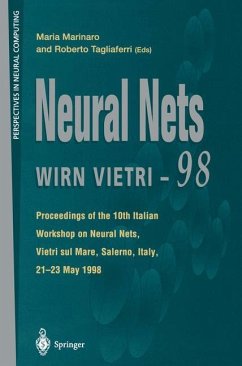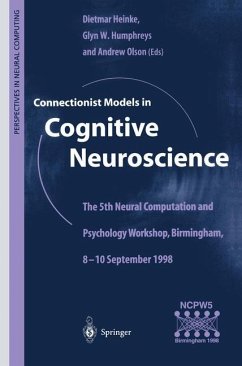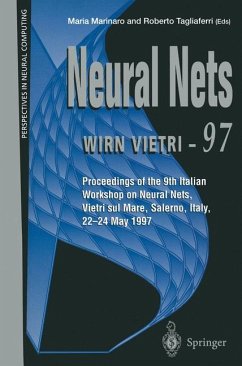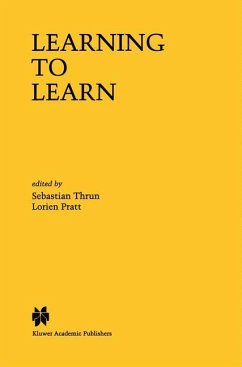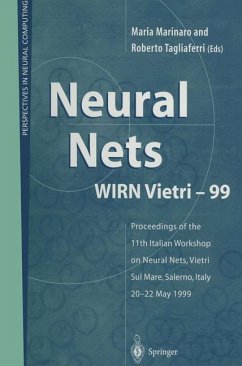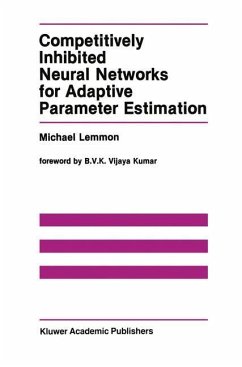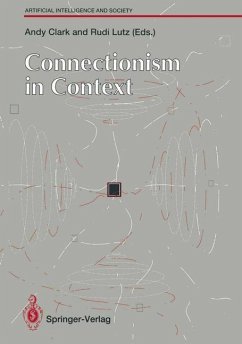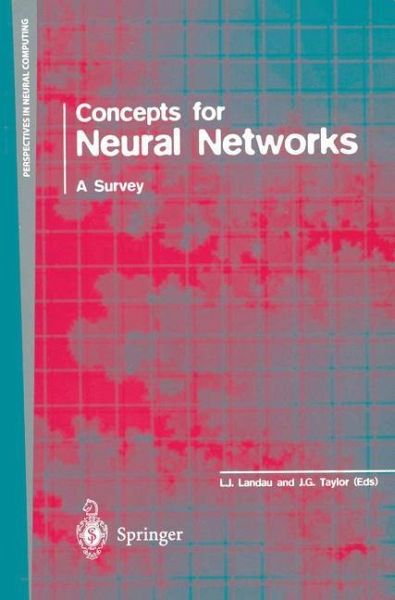
Concepts for Neural Networks
A Survey
Herausgegeben: Landau, Lawrence J.

PAYBACK Punkte
39 °P sammeln!
Concepts for Neural Networks - A Survey provides a wide-ranging survey of concepts relating to the study of neural networks. It includes chapters explaining the basics of both artificial neural networks and the mathematics of neural networks, as well as chapters covering the more philosophical background to the topic and consciousness. There is also significant emphasis on the practical use of the techniques described in the area of robotics. Containing contributions from some of the world's leading specialists in their fields (including Dr. Ton Coolen and Professor Igor Aleksander), this volu...
Concepts for Neural Networks - A Survey provides a wide-ranging survey of concepts relating to the study of neural networks. It includes chapters explaining the basics of both artificial neural networks and the mathematics of neural networks, as well as chapters covering the more philosophical background to the topic and consciousness. There is also significant emphasis on the practical use of the techniques described in the area of robotics. Containing contributions from some of the world's leading specialists in their fields (including Dr. Ton Coolen and Professor Igor Aleksander), this volume will provide the reader with a good, general introduction to the basic concepts needed to understan d and use neural network technology.



